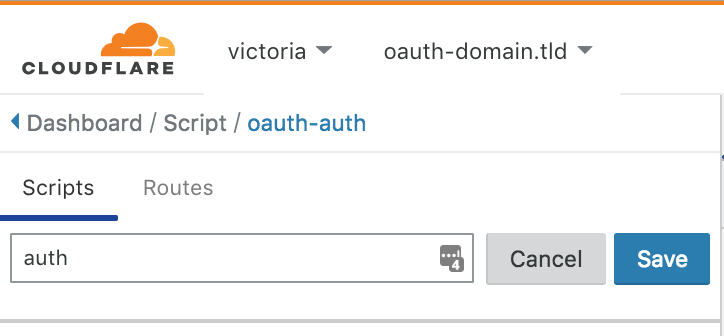0
Juniper CTO talks cloud, high-speed networking
Cloud computing is changing everything – just ask Juniper CTO Bikash Koley.Along with that notion Koley says that there are a number of certainties about the future of building out large cloud infrastructures: Multicloud is a real inflection point for enterprises and service providers; there will be private clouds and that the way all infrastructure will be built going forward will be different from the way things are done today.[ Learn who's developing quantum computers. ] juniper Bikash KoleyTo read this article in full, please click here



 Adding these policy-based security capabilities to the Pivot3 Intelligence Engine enables customers to integrate data encryption and key management into the same workflow for managing applications and storage.
Adding these policy-based security capabilities to the Pivot3 Intelligence Engine enables customers to integrate data encryption and key management into the same workflow for managing applications and storage. Etcd is the primary storage location for Kubernetes and needs to be established before Kubernetes can be run on a system.
Etcd is the primary storage location for Kubernetes and needs to be established before Kubernetes can be run on a system. Data center interconnect equipment revenue will increase 85 percent over the next five years, from $2.7 billion in 2017 to $5.1 billion in 2022, according to Dell’Oro Group.
Data center interconnect equipment revenue will increase 85 percent over the next five years, from $2.7 billion in 2017 to $5.1 billion in 2022, according to Dell’Oro Group. Amid all the political noise, Huawei ploughs on regardless with a further advance in 5G network slicing and a new 5G network deal with Altice Portugal.
Amid all the political noise, Huawei ploughs on regardless with a further advance in 5G network slicing and a new 5G network deal with Altice Portugal.